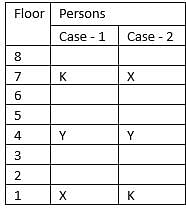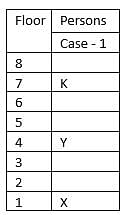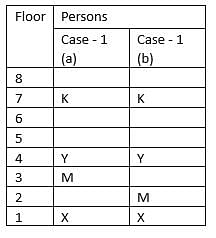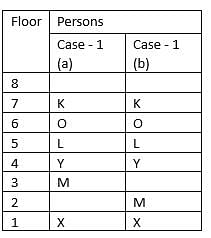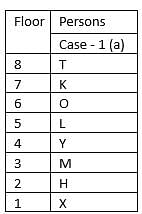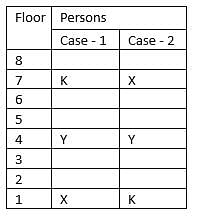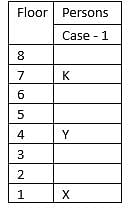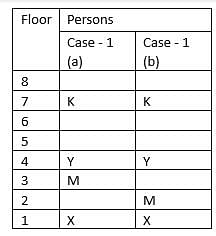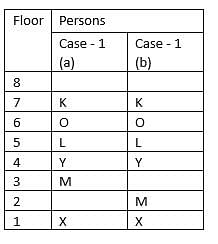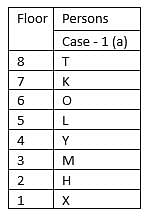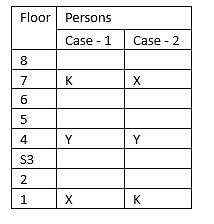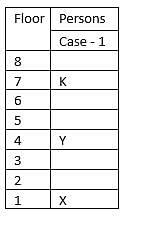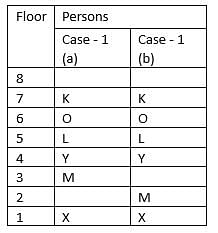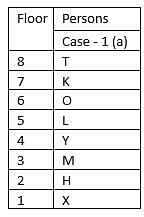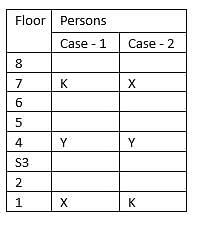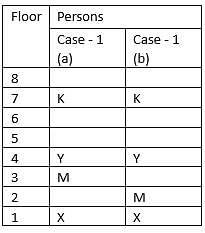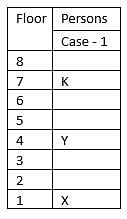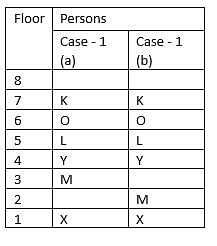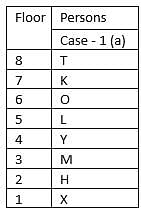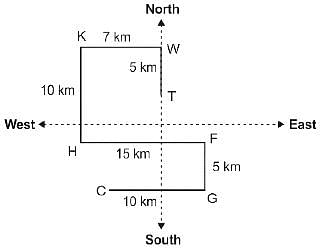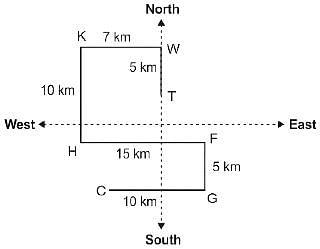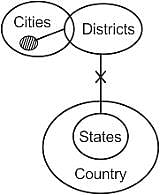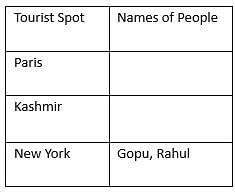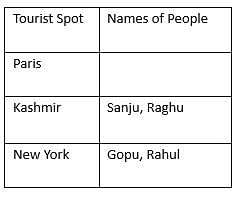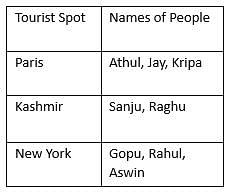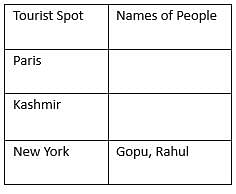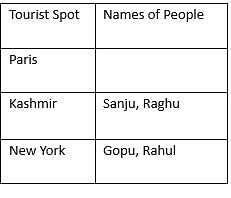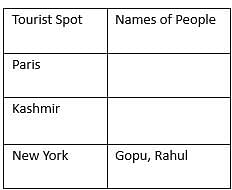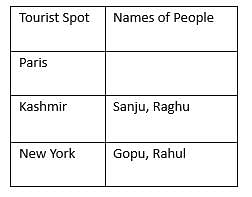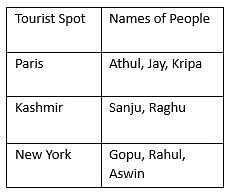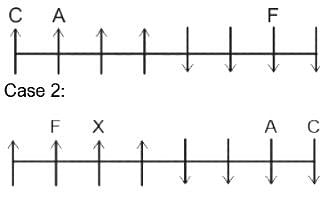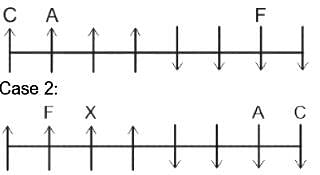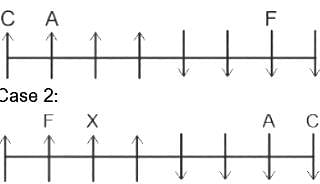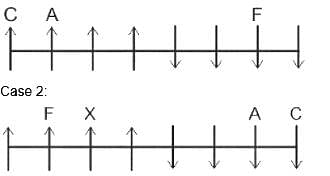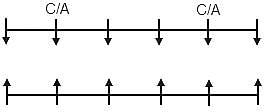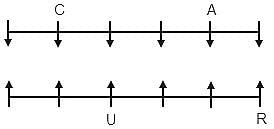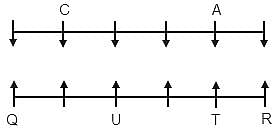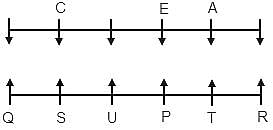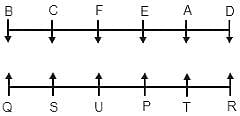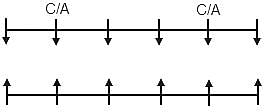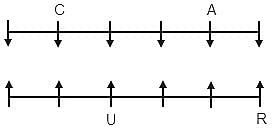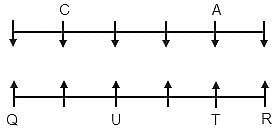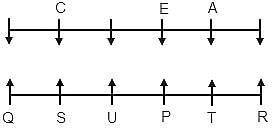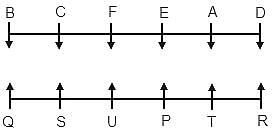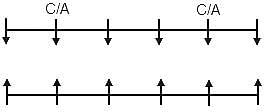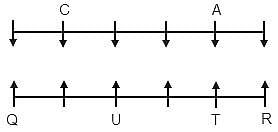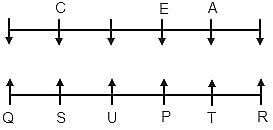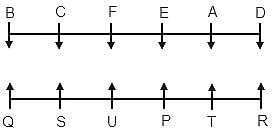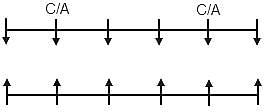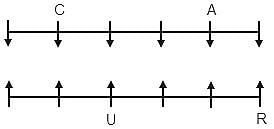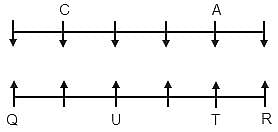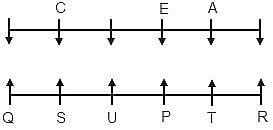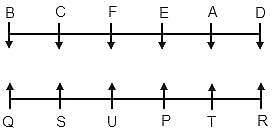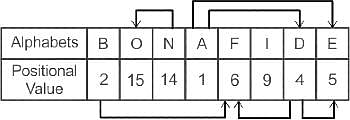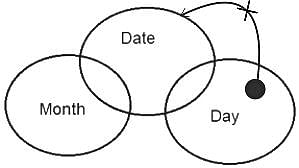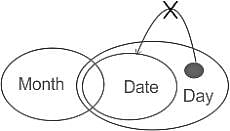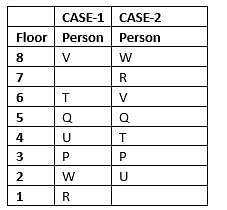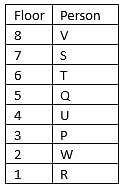Reasoning Ability Test - 5 - Bank Exams MCQ
30 Questions MCQ Test IBPS RRB Clerk Mock Test Series & Past Year Papers 2024 - Reasoning Ability Test - 5
| 1 Crore+ students have signed up on EduRev. Have you? Download the App |
Four of the following five are alike in certain way based from a group, find the one that does not belong to that group?
Direction: In each question below are given some statements followed by some conclusions. You have to take the given statements to be true even if they seem to be at variance with commonly known facts. Read all the conclusions and then decide which of the given conclusions logically follows/follow from the given statements, disregarding commonly known facts
Statements:
Only a few Cities are Districts.
No Districts is States.
All States are Country.
Conclusions:
I. Some Cities is not Country.
II. All Country being Cities is a possibility.
.Which of the statements is/are true?
1.C does not sit at end of the row.
2.B faces north direction.
3.D sits second to the left of G.
Who among the following is not sitting at any of the extreme ends?
Which of the following is true regarding the position of W?
How many such pairs of letters are in the word “BONAFIDE” which has as many letters between them as there are in the English alphabetical series (both forward and backward)?
Direction: In the question below, there are two statements followed by two conclusions numbered I and II. You have to take the given statements to be true even if they seem to be at variance with commonly known facts. Read all the conclusions and then decide which of the given conclusions logically follows from the given statements disregarding commonly known facts.
Statements:
Only few day are date.
Some month are date.
Conclusions:
I. Some month are day.
II. Each date being day is a possibility.
Direction: In the question below are given two statements followed by two conclusions numbered I and II. You have to take the given statements to be true even if they seem to be at variance with commonly known facts. Read both the conclusions and then decide which of the given conclusions logically follows from the given statements disregarding commonly known facts.
Statements:
Only a few tablets are mobiles.
Some mobiles are gadgets.
Conclusions:
I. Some gadgets are tablets.
II. All mobiles being tablets is a possibility.
Directions: In the question below are given three statements followed by two conclusions. You have to take the given statements to be true even if they seem to be at variance with commonly known facts. Read all the conclusions and then decide which of the given conclusions logically follows from the given statements disregarding commonly known facts.
Statement:
I. All party are muffin
II. Only a few muffin are home
III. Some home are butterfly
Conclusion:
I. Some butterfly are party
II. All muffin are home is a possibility
Direction: In this question, relationship between different elements is shown in the statements. The statements are followed by two conclusions, study the conclusion based on the given statements and select the appropriate answer.
Statements: S ≥ V, V ≤ A, A < I, I ≥ W
Conclusions:
I. S ≥ I
II. V ≤ I
Direction: Some statements are given followed by some conclusions. You have to consider the statements to be true even if they seem to be at variance from commonly known facts. You have to decide which of the given conclusions if any, follow from the given statements.
Statements:
No Star is Sony.
Some ZeeTV are Sony.
Some Star are MTV.
Conclusions:
I. Some MTV is ZeeTV.
II. No ZeeTV is MTV.
|
31 docs|49 tests
|
|
31 docs|49 tests
|


